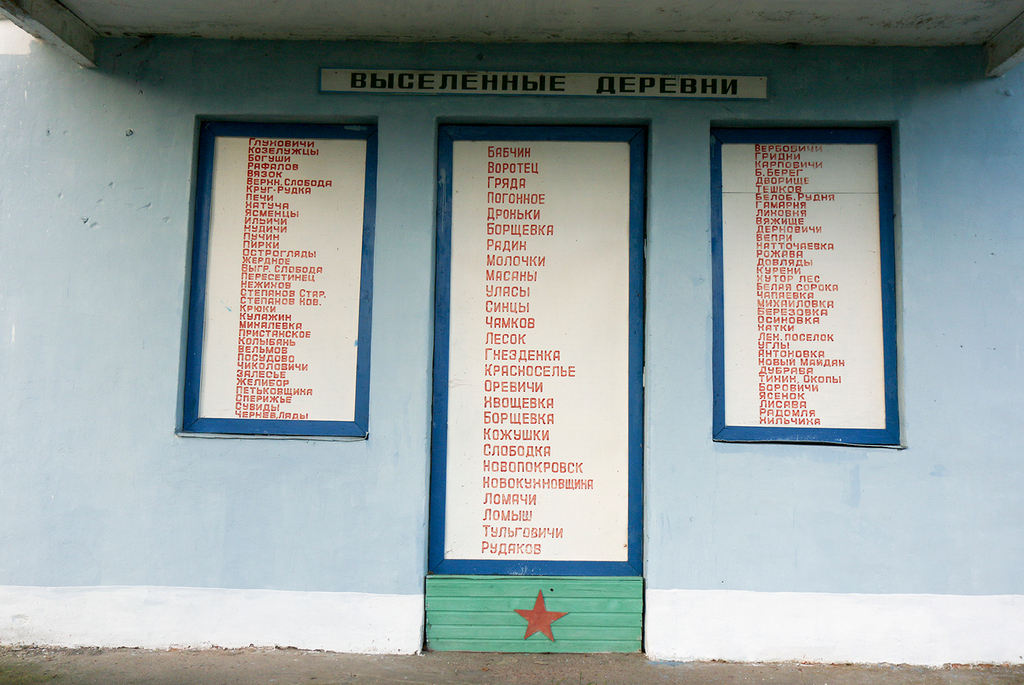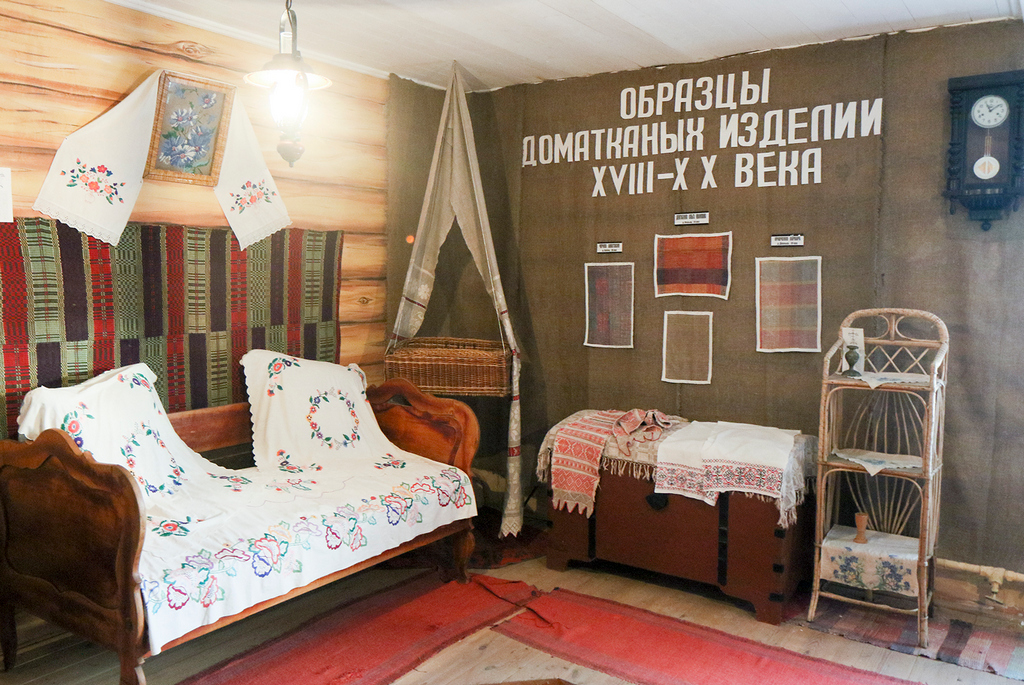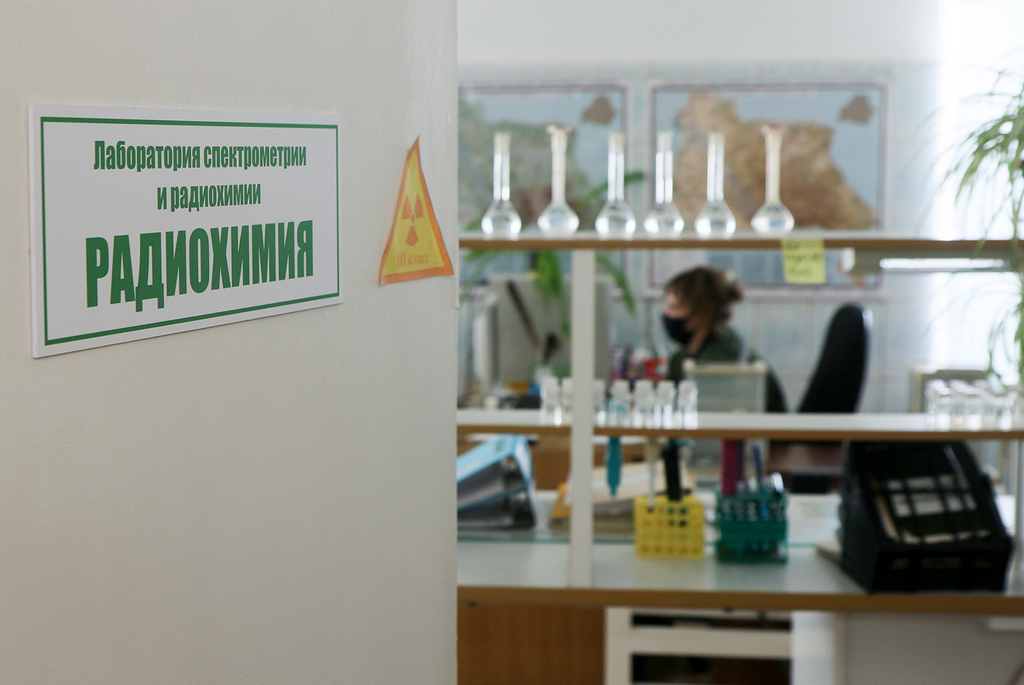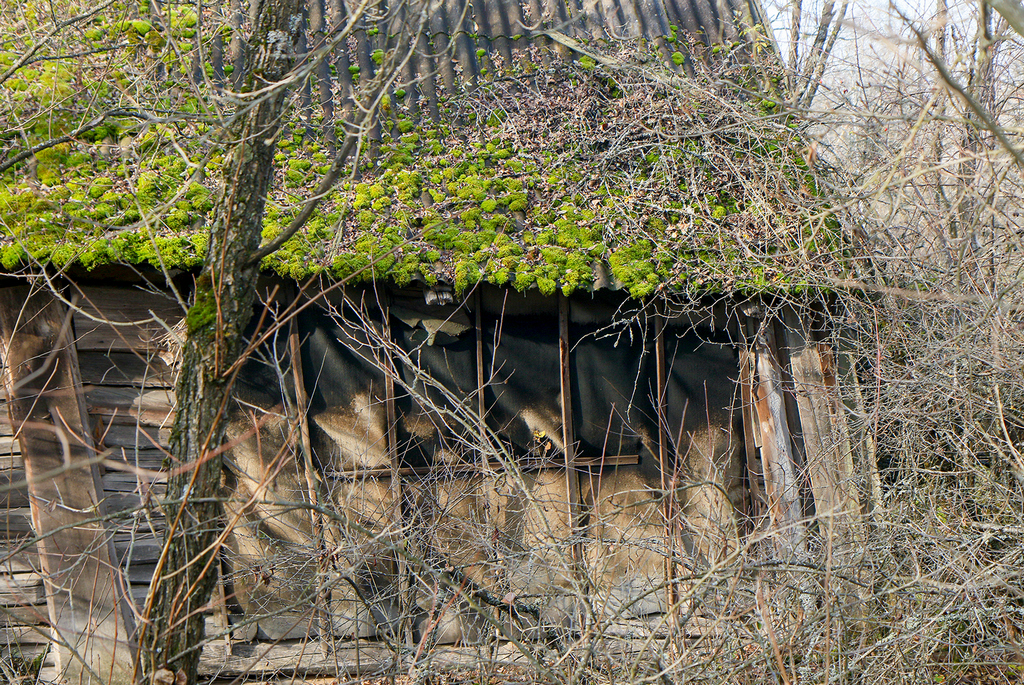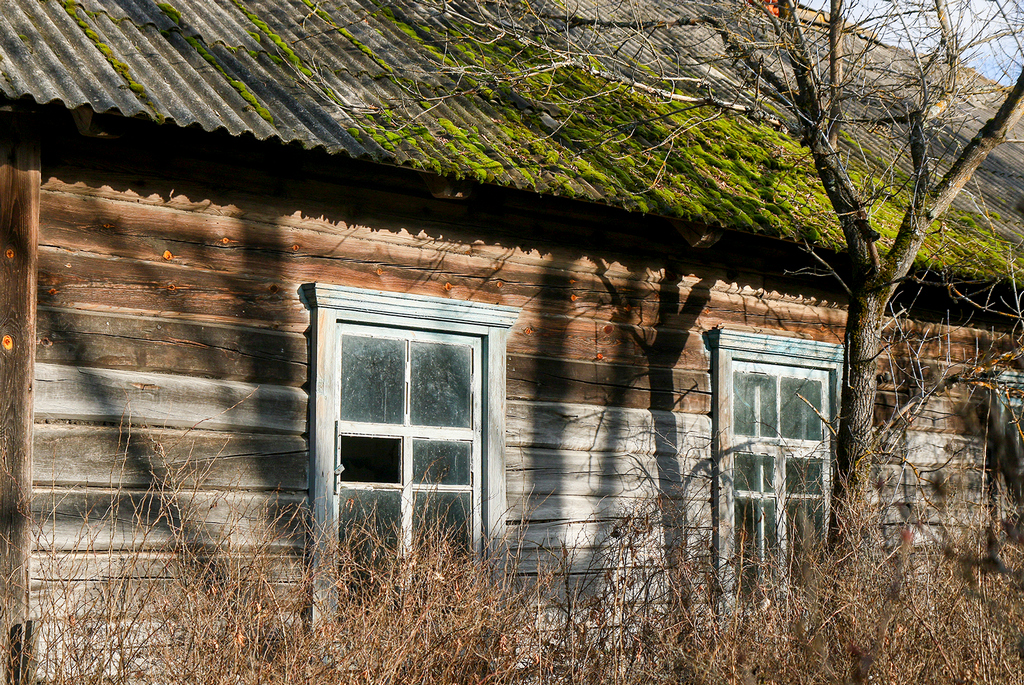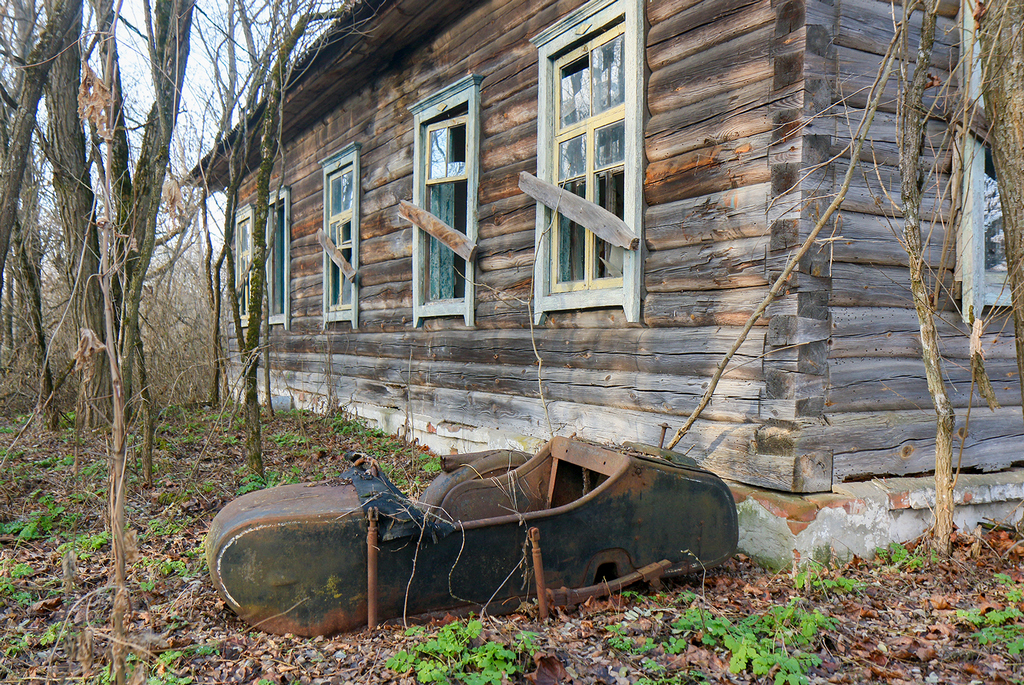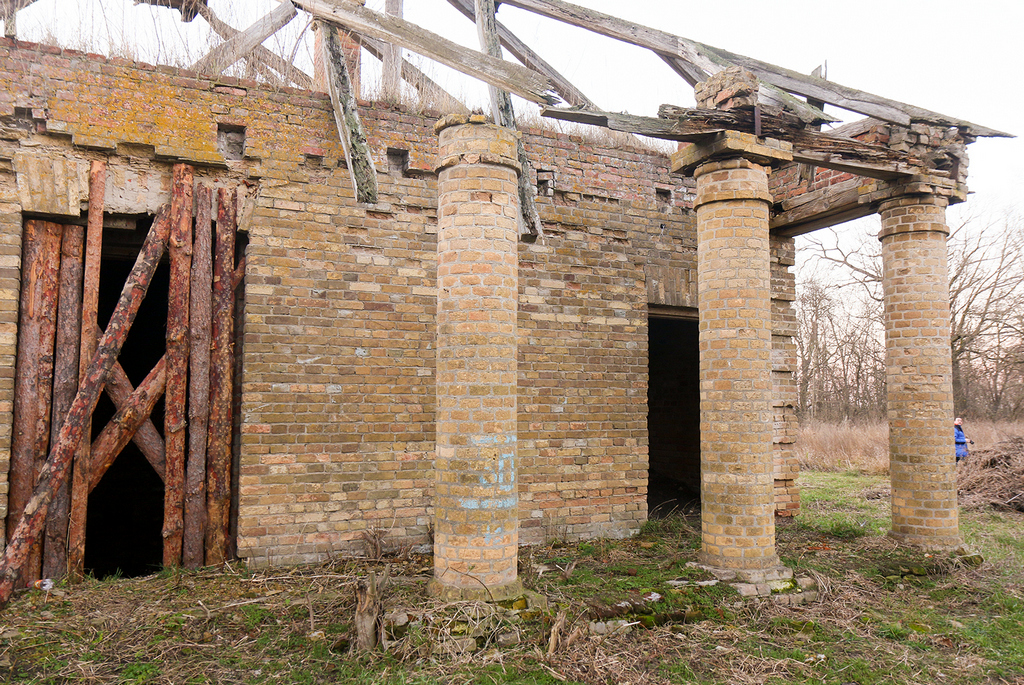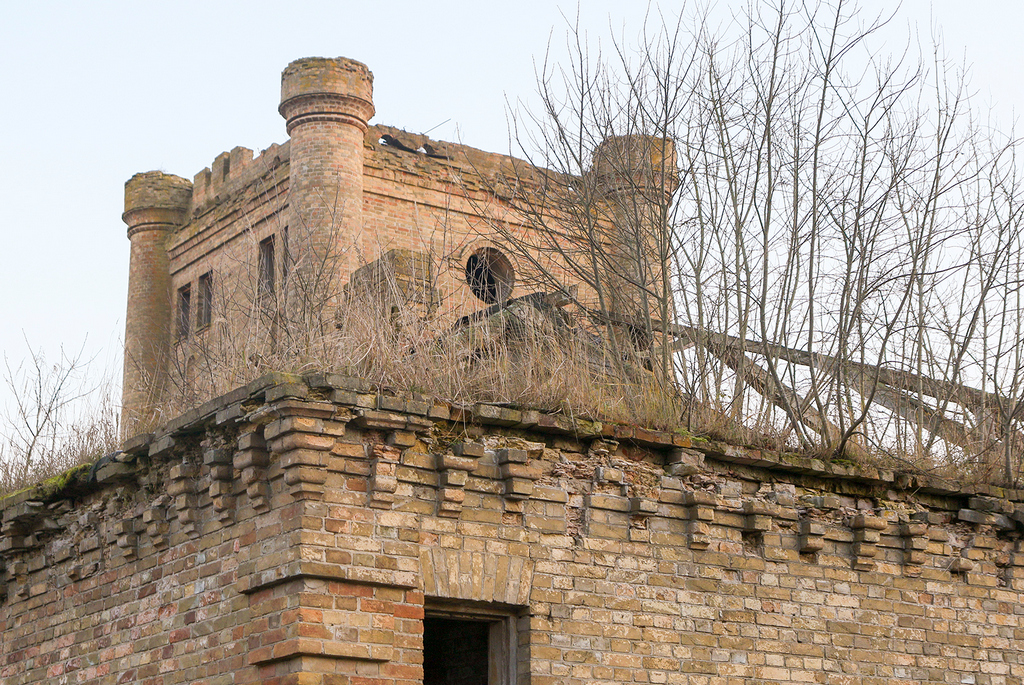In the deep south of Belarus, among boundless swamps and pine forests, lies a place rarely mentioned in guidebooks, yet equal in significance and atmosphere to the most renowned natural parks of Europe. The Polesie State Radiation-Ecological Reserve is a territory where a past tragedy became the starting point for a remarkable experiment between nature and science. It is a space where humanity took a step back–and nature took a step forward.

From Disaster Zone to Zone of Hope
Established in July 1988, the reserve was a direct response to the greatest man-made disaster of the 20th century–the Chernobyl nuclear accident. The territory, contaminated by radioactive fallout, was to be excluded from any economic activity. Thus emerged the largest nature reserve in Belarus, covering more than 216,000 hectares–comparable in size to some European countries.
The goal was not merely to restrict human access, but to create a living scientific laboratory for studying the long-term effects of radiation and observing the development of the ecosystem. For over 35 years, this territory has existed without human interference, evolving into a unique natural phenomenon.
Nature Without Humans: What Happens?
The Polesie Reserve offers a rare glimpse into an "alternative present"–a world where nature exists on its own, free from agriculture, construction, tourism, or hunting. Over the decades, both flora and fauna have not only recovered but also demonstrated remarkable resilience.
There are over 1,200 plant species here, including rare Belarusian orchids, primroses, and water plants that are highly sensitive to pollution. The forests and wetlands are home to moose, wild boars, roe deer, lynxes, and otters. In recent years, brown bears–once extinct in the region–have reappeared. Increasingly, rare birds such as black storks, grey cranes, and ospreys are being recorded here, having found sanctuary in these lands.
This biological resurgence surprises even experienced ecologists. The reserve is a natural testing ground, showing how ecosystems develop when humans vanish. It serves as a benchmark for understanding self-restoration and ecological resilience.
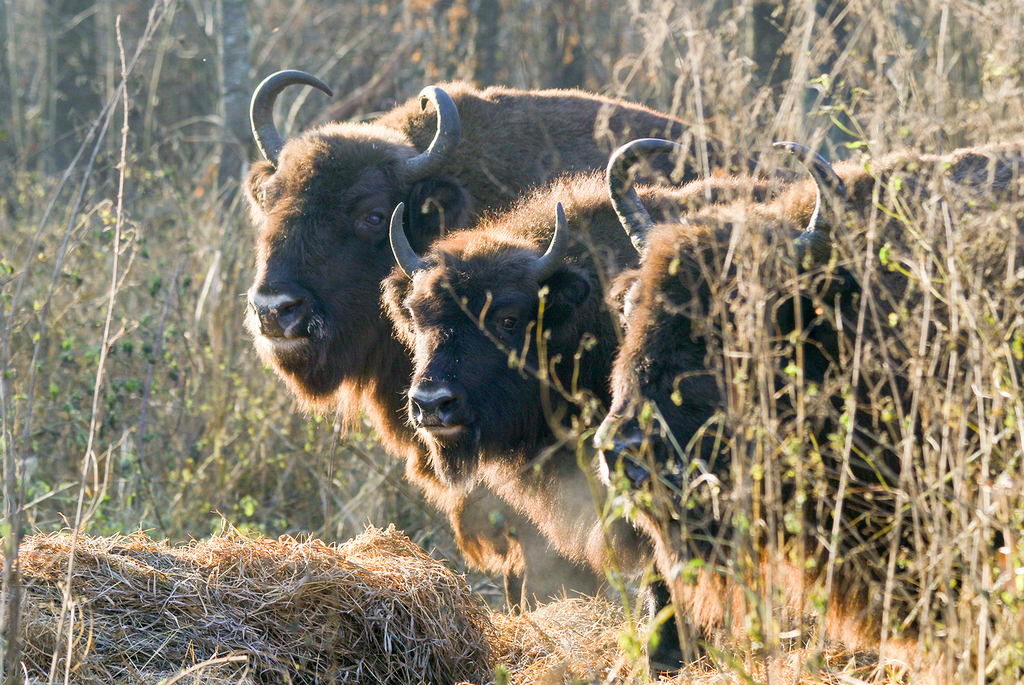
Science at the Heart of the Zone
A permanent scientific center operates within the reserve, conducting long-term research in ecology, radiobiology, and climate studies. Scientists study animal behavior, the effects of radiation on mutation processes, forest dynamics, wetland hydrology, and much more. The data collected is crucial not only for Belarus but for the world, as this is one of the few such sites on the planet open to systematic observation.
Reserve staff publish scientific papers, host international conferences, and collaborate with leading European universities. The information gathered here helps shape environmental protection strategies, assess the consequences of technological disasters, and guide future ecological policies.
Can You Visit?
Despite its closed status, the reserve is not entirely inaccessible. With special permission, organized visits are possible for researchers, documentary filmmakers, media representatives, and eco-tourism initiatives. It's important to understand that this is not about mass tourism but rather expedition-style trips, where strict radiation safety and environmental regulations are followed.
Some tour operators offer guided excursions along the exclusion zone's borders, showcasing abandoned villages, relict forests, and the deeper history of the area. This offers a new way to view Chernobyl–not just as a tragedy, but as an environmental lesson with much to teach humanity.
Polesie Reserve as a Mirror of Time
There is something deeply philosophical about walking the paths once inhabited by people, now ruled only by rustling grass and the calls of birds. The Polesie Reserve reminds us how fragile civilization can be–and how powerful nature becomes when given the chance. Here, conventional time seems to disappear–everything happens slowly, deliberately, as if by its own calendar.
For many researchers and eco-tourists, visiting this place becomes a turning point–a chance to rethink their relationship with the natural world and realize that ecosystem sustainability demands respect, not domination.
Why Pay Attention to the Polesie Reserve?
- To witness a rare phenomenon: nature restored without human intervention.
- To feel absolute silence, broken only by birds, wind, and raindrops.
- To understand the lesson of Chernobyl and the importance of environmental safety.
- To be inspired by a new vision of eco-tourism and sustainable development.
The Polesie State Radiation-Ecological Reserve is more than a restricted zone or scientific site. It is a living history, embodied in forests, grasslands, wetlands, and birdsong. It is a reminder of the cost of human error–and at the same time, of nature's incredible power. And perhaps that is why it is worth visiting–to see what cannot be found anywhere else.

